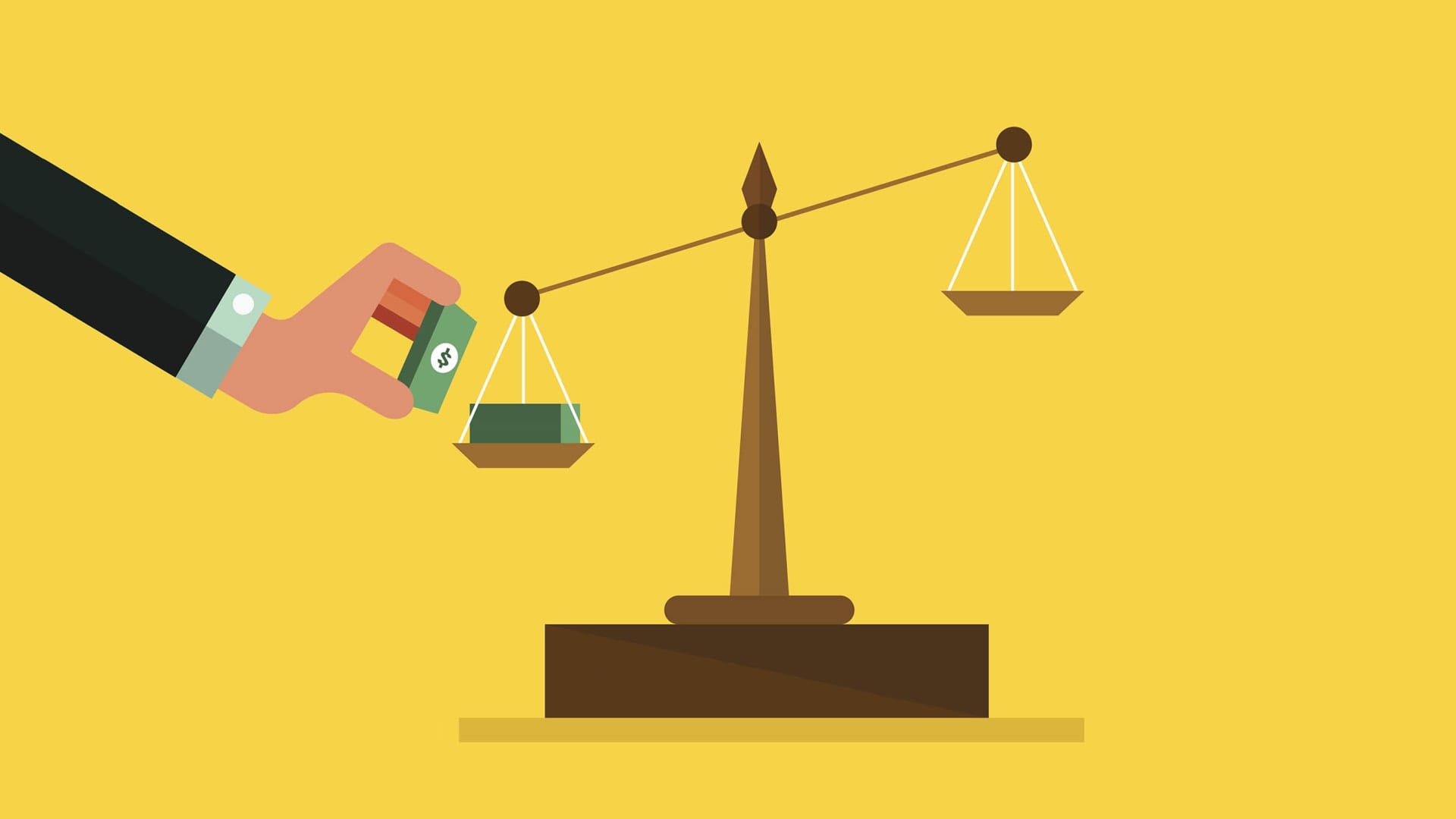Knowing how ‘breakeven’ is defined can keep you in business.
When I ask business leaders how their business is doing, I’ll often get a response that goes something like, “Well, we’re breaking even.”
Most of us have an intuitive sense of what “breakeven” means. At some level, we understand that it means that you’re not losing money. That’s obviously critical to any business’s ability to survive since the number one rule in business is “don’t run out of money.”
But it turns out there are actually several ways to define “breakeven”–accounting, operational/cash, and investor definitions–and it’s important to know how they differ.
Accounting Definition
The traditional way to think about defining “breakeven” is to look at your business’s profit and loss statement, or P&L. This is what shows the amount of revenue and costs based on the rules of accounting. Hopefully, when you look at the “bottom line,” you’re at breakeven or better, meaning that your revenue exceeds your costs.
While this is obviously an important way to look at breakeven, it might give you a false sense of security. That’s because while your accountant and your P&L might tell you that you’re “profitable,” you’re in real trouble if you’ve run out of cash.
Operational/Cash Definition
In contrast to the accounting definition of breakeven, the operational or cash definition deals with whether more cash is coming into, or out of, the business. I sometimes joke with people and tell them to think about this like how many little green pieces of paper came into the building and how many went out. It’s shoebox accounting–how many dollars came in and how many went out.
This is a critical way to think about breakeven because it ties back to that golden rule of “never run out of money.”
For example, let’s say you’re running a software-as-a-service (SaaS) business. You give your customers two options to pay you: every month with their credit card or all at once upfront. There is a huge difference in how these two options will impact your cash flow. If your customers pay you for an entire year upfront, say, then you’ve greatly improved your cash position all at once even if your accountant can only recognize the revenue on a monthly basis (dividing the total payment by 12).
On the flip side, if you are forced to pay a vendor for something upfront, it can be a tremendous hit to your cash and could make you vulnerable to an unexpected crisis.
It’s entirely possible for your accountant to tell you that you’re running a profitable business–but because you run out of cash, you can go out of business. That’s why if you’re breakeven analysis doesn’t include looking at cash, you’re missing something critical.
Investor Definition
The third way you can look at a break-even analysis is from an investor’s perspective. You can do this by comparing the total amount invested in a company to the amount of cash paid back to those investors. For instance, if someone invested $1 million in a business, and that business paid the investors back $500,000 a year for two years, that’s the breakeven point. Anything the investors get paid after that point would be profitable for them.
While this might not impact the everyday operations of the business, it can be a critical way to view the business if you’re assessing how successful it is.
So, when you talk to someone about whether their business has reached the breakeven point or not, ask the follow-up question to find out how they define breakeven the first way: is it from an accounting, operational/cash, or investor perspective? In the end, what matters most is that you don’t run out of money. Just don’t wait for your accountants to let you know when that happens.

